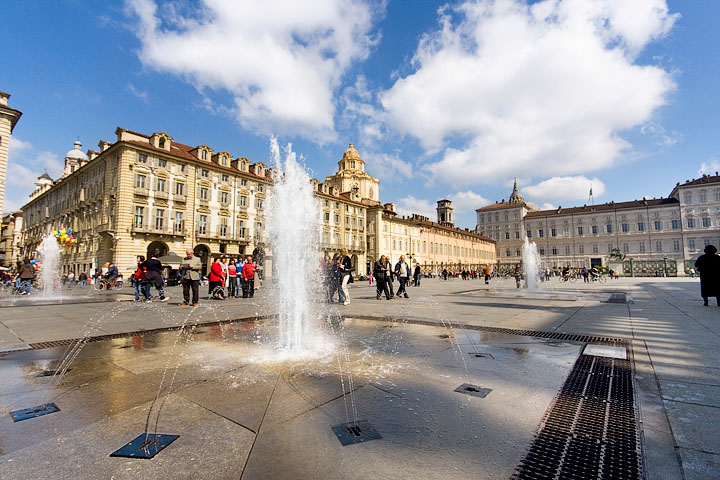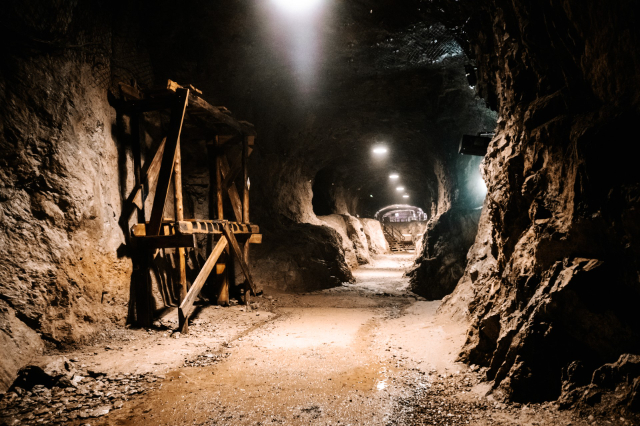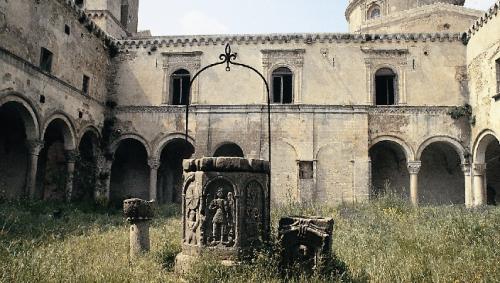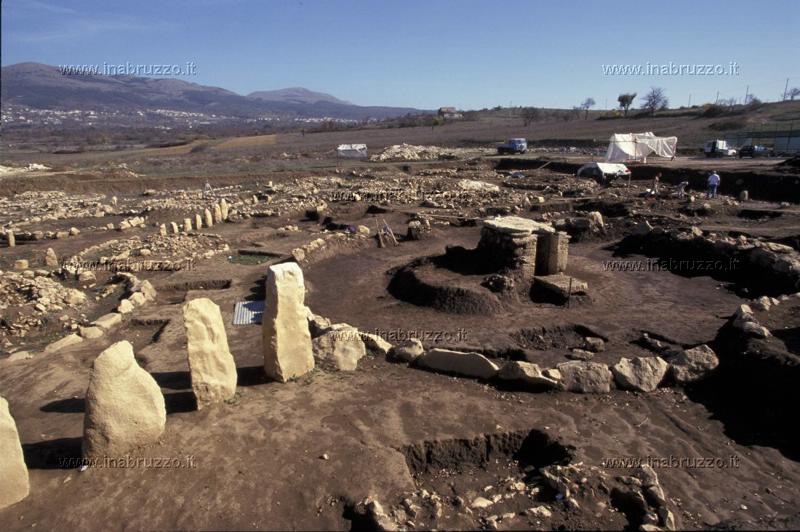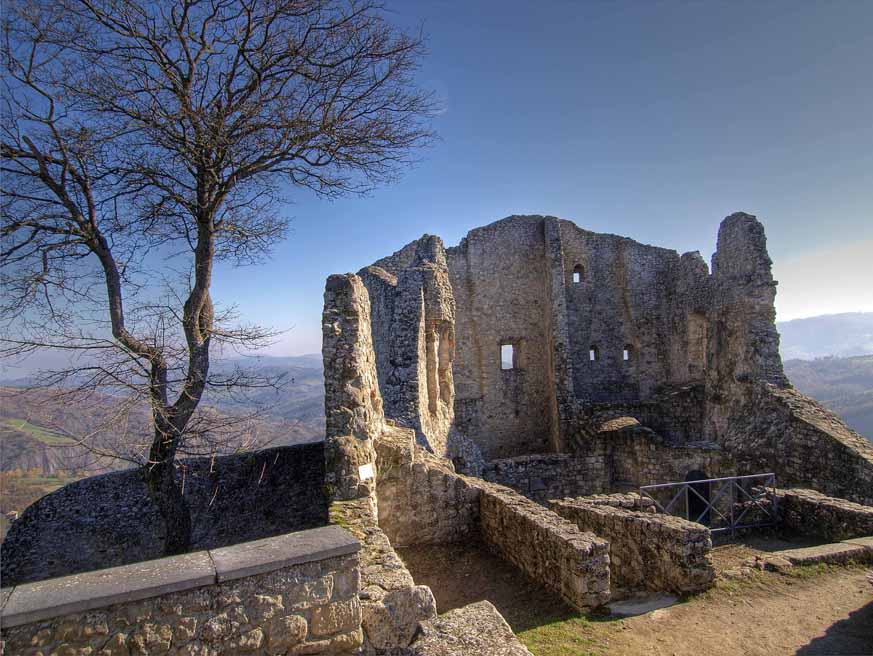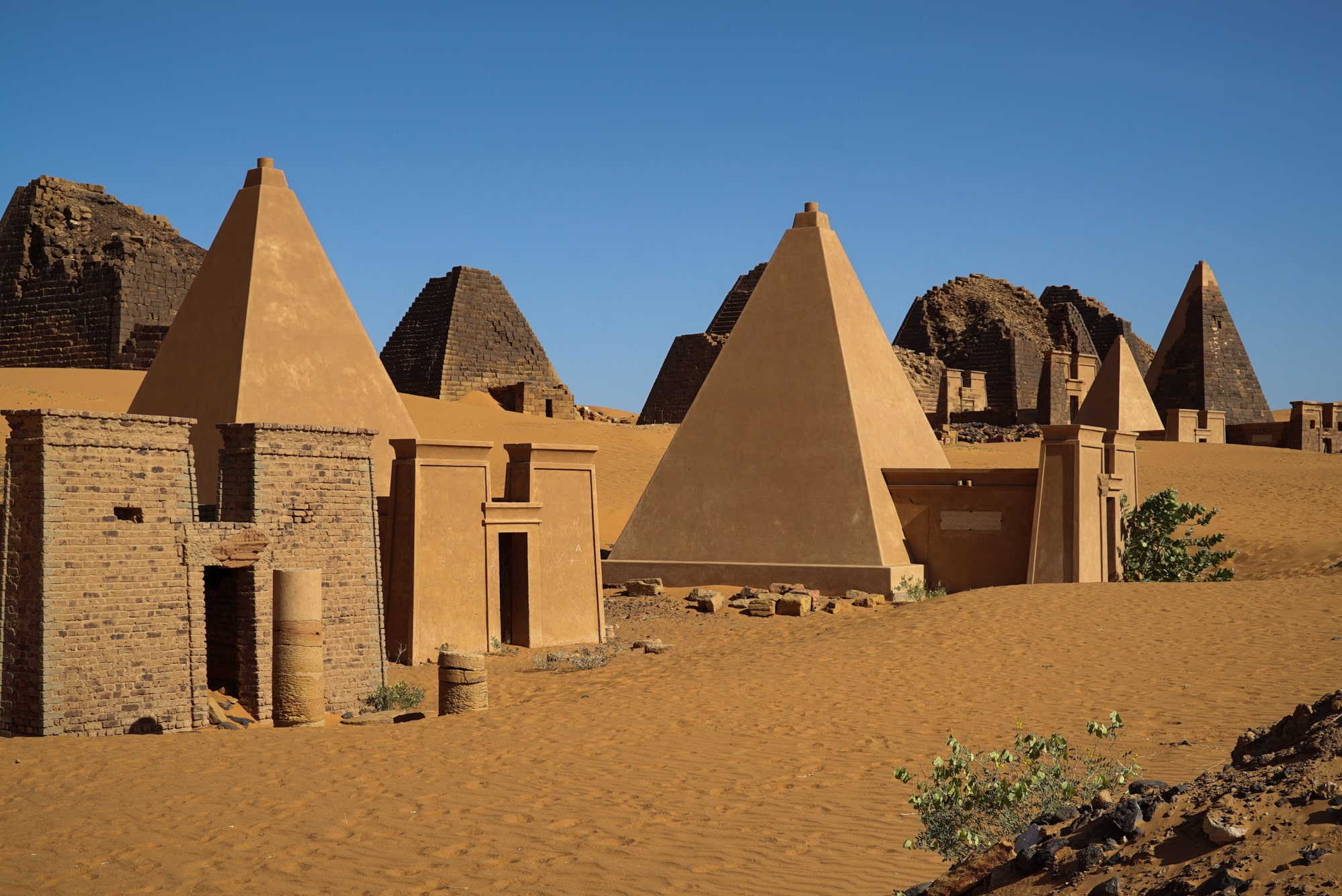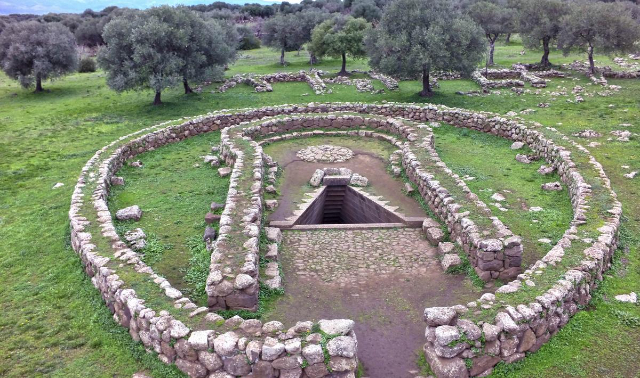he history of the square begins in the second half of the 14th century, when the princes of Savoy-Achaia decided to demolish the blocks adjacent to the castle and the city walls, creating a representative area used for dynastic events.
This space became a "piazza" only from the end of the 16th century, thanks to the interventions of architects Ascanio Vittozzi (1587), who arranged the western wing with porticoed buildings, Amedeo di Castellamonte and Filippo Juvarra.
The latter built on the west side of the square the monumental facade juxtaposed with the castle (1718-1721) and the pavilion of the ostensions of the Holy Shroud, dismantled in the Napoleonic era and replaced by Pelagio Palagi’s gate, placed in front of the Royal Palace (called the Dioscuri, 1835-1842).
In the center stands Palazzo Madama, i.e., the ancient castle from which the square takes its name, surrounded by three monuments: in front of the façade that dedicated to the Standard Bearer of the Sardinian Army (by Vincenzo Vela, 1857-1859), to the south that to the Knights of Italy (Pietro Canonica, 1923) and to the east that to Emanuele Filiberto Duke of Aosta (1937, designed by Eugenio Baroni).
